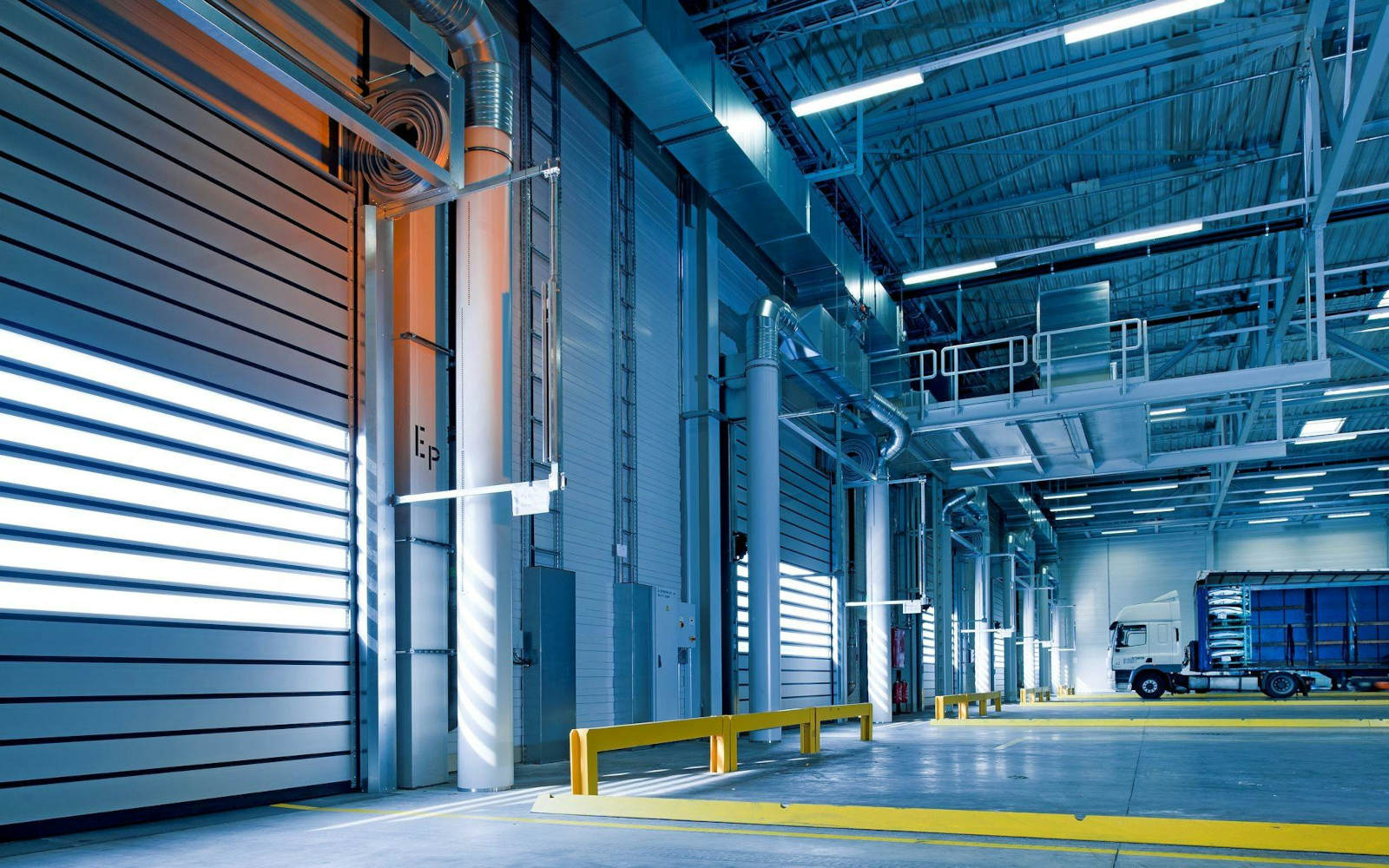As the industrial sector grows, the proliferation of warehouses across the United States is notable, with a reported 19,190 warehouses operational as of 2020. This expansion underscores the critical importance of implementing robust safety measures to manage the toxic gases commonly encountered in these settings.
Understanding these gases not only ensures compliance with health and safety regulations but also safeguards the well-being of employees and the environment.
This article delves into the four primary toxic gases found in warehouses, their sources, and the implications of their presence. Additionally, it highlights how Interscan’s gas detection systems can play a pivotal role in maintaining a safe working environment.
The Four Common Toxic Gases in Warehouses
1. Carbon Monoxide (CO)
Often referred to as the “silent killer,” carbon monoxide is an odorless, colorless gas resulting predominantly from the combustion of fossil fuels in engines, heating systems, and during industrial processes such as metal fabrication and pharmaceutical manufacturing.
CO interferes with the oxygen-carrying capacity of blood, potentially leading to severe neurological and cardiovascular consequences. Even at relatively low concentrations, prolonged exposure can be fatal, making effective monitoring essential.
2. Carbon Dioxide (CO2)
While carbon dioxide is a natural part of Earth’s atmosphere, excessive concentrations can become hazardous, particularly in poorly ventilated areas. Produced by respiration, fermentation, and decomposition, CO2 is used extensively in industries ranging from food processing to pharmaceuticals. High levels of CO2 can lead to respiratory complications and severe health risks, necessitating rigorous monitoring to ensure workplace safety.
3. Oxygen Depletion (O2)
Oxygen depletion in industrial settings is less about the presence of a toxic gas and more about the displacement or consumption of oxygen by other processes. This condition can arise from chemical reactions, biological decomposition, or the displacement by inert gases in confined spaces. Low oxygen levels can lead to asphyxiation, which is why maintaining adequate ventilation and monitoring oxygen levels are crucial components of industrial safety protocols.
4. Refrigerants
Refrigerants are vital for temperature control in warehouses but pose significant risks if leaked. Common refrigerants include ammonia and difluoromethane, which can cause asphyxiation or toxic reactions upon exposure. Moreover, many refrigerants are potent greenhouse gases, adding environmental concerns to the immediate health and safety risks. Monitoring for leaks not only ensures employee safety but also contributes to environmental protection efforts.
Understanding and monitoring the four key toxic gases in warehouses—carbon monoxide, carbon dioxide, oxygen depletion, and refrigerants—are fundamental to ensuring industrial safety.
Interscan’s gas detection systems, such as the Accusafe and GasD 8000, provide robust solutions tailored to meet the unique needs of different industrial environments. By equipping your facility with advanced detection technologies, you not only comply with safety regulations but also protect your workforce and operations from potential hazards.
For a detailed consultation and to equip your facility with cutting-edge gas detection technology, request a quote from Interscan today. Ensure your warehouse meets the highest safety standards with solutions you can trust.


